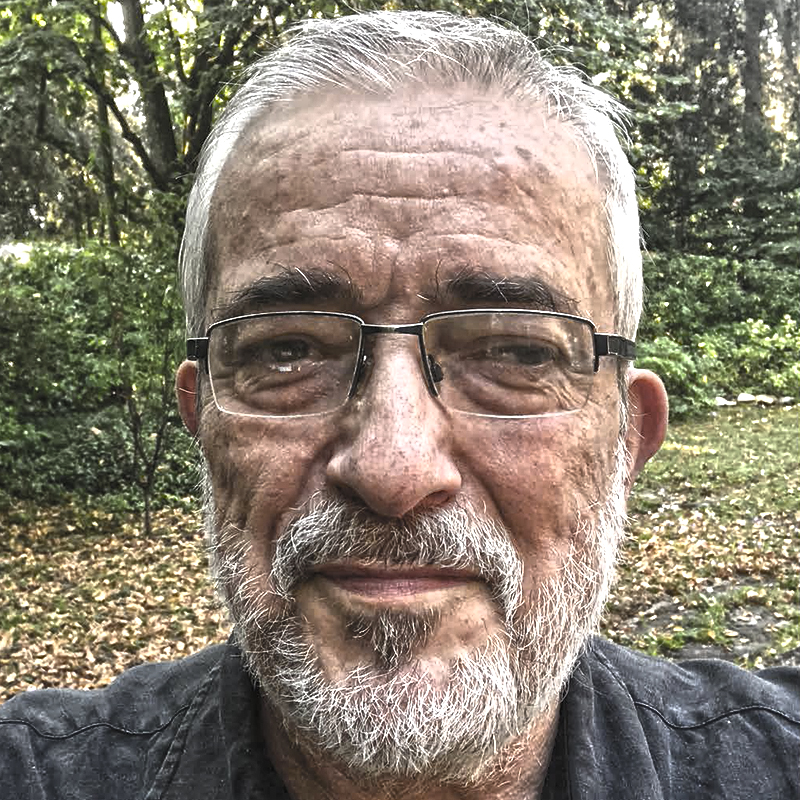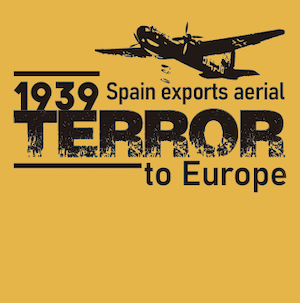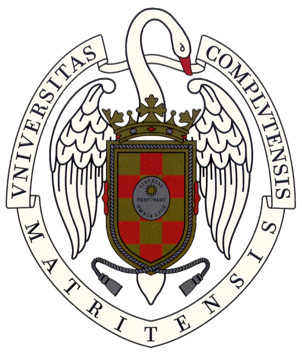The air war symbolised by the photographer Capa has become an icon of 20th century conflicts. At the beginning of his book on the history of aerial bombing, Thomas Hippler recalls the dropping of a bomb by hand by Italian lieutenant Giulio Gavotti on a Libyan camp on 1 November 1911. The bombings of the colonial wars therefore predate those perpetrated by the fascist armies on the Spanish population during the Civil War. This mode of warfare represents unprecedented violence. It leads to the unbridled massacre of civilian populations. However, the history of aerial bombardments has left a discreet mark on the collective memory, perhaps because the bombings of the Second World War were not all fascist. The American historian Howard Zinn, who took part in those of Royan, near Bordeaux, in 1945, has questioned their justification. But since then, they have been carried out on a massive scale in numerous conflicts, causing colossal loss of life. Their history deserves to be better known and taught, their consequences examined and an international commitment brought together to bring them to an end.
Aerial bombardment as an object of human rights education and reflection
Share on facebook
Share on twitter
Share on whatsapp
Share on email

Charles Heimberg
He is a historian and professor of history and citizenship education at the University of Geneva. His work focuses on the history of the labour movement, the teaching and learning of history, questions of memory, museography and the history of education. His teaching focuses in particular on teacher training. Since 2015 he has been editor of the research blog A School of Clio. History and didactics of history, which deals with aspects of history teaching. He also collaborates on history and memory work with the historical sites and museums of the Resistance, the Deportation and the Occupation period in the departments of Haute-Savoie and Ain.








